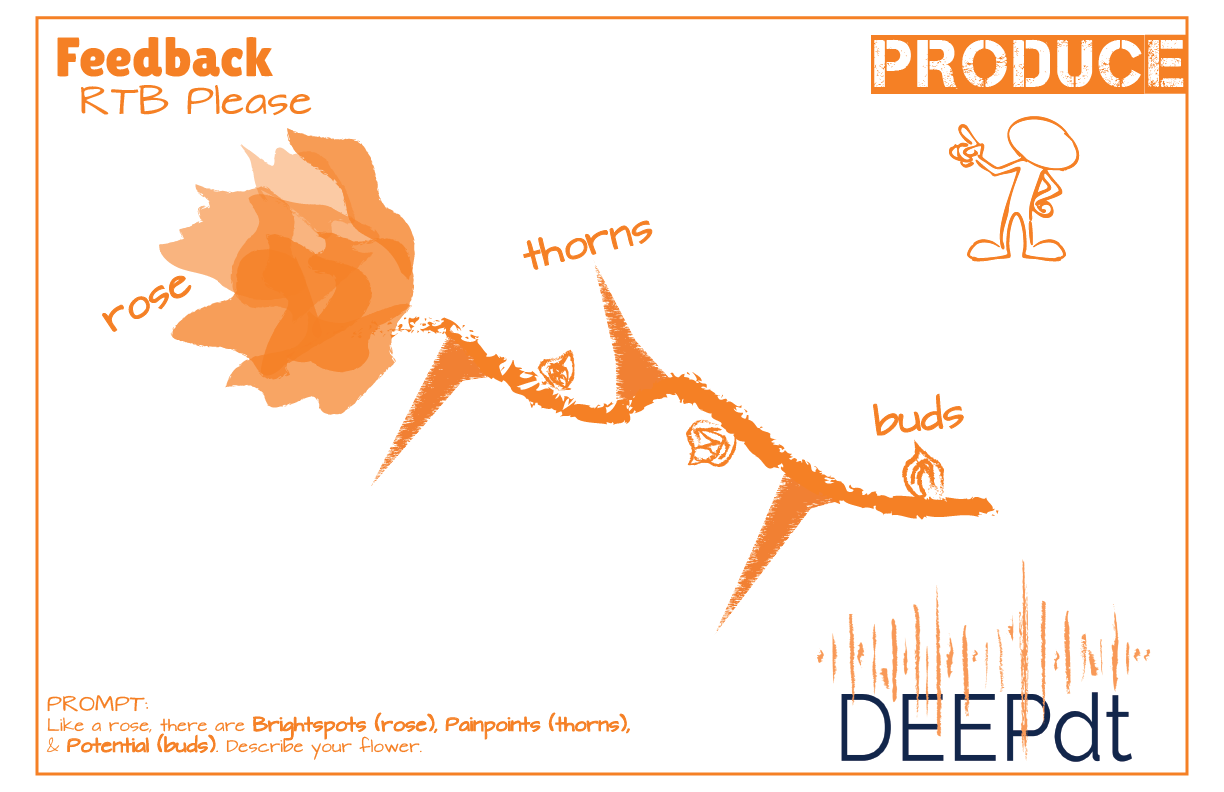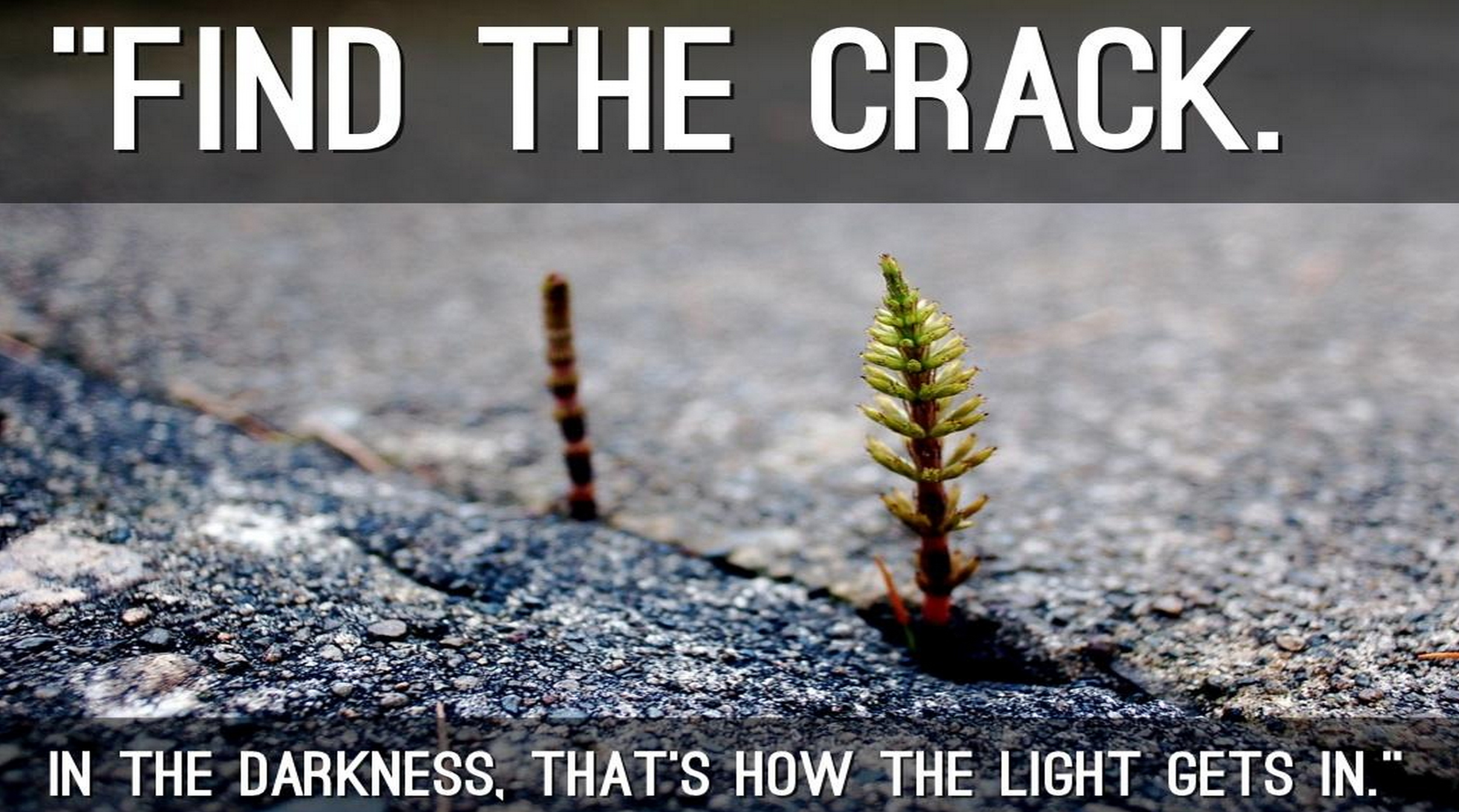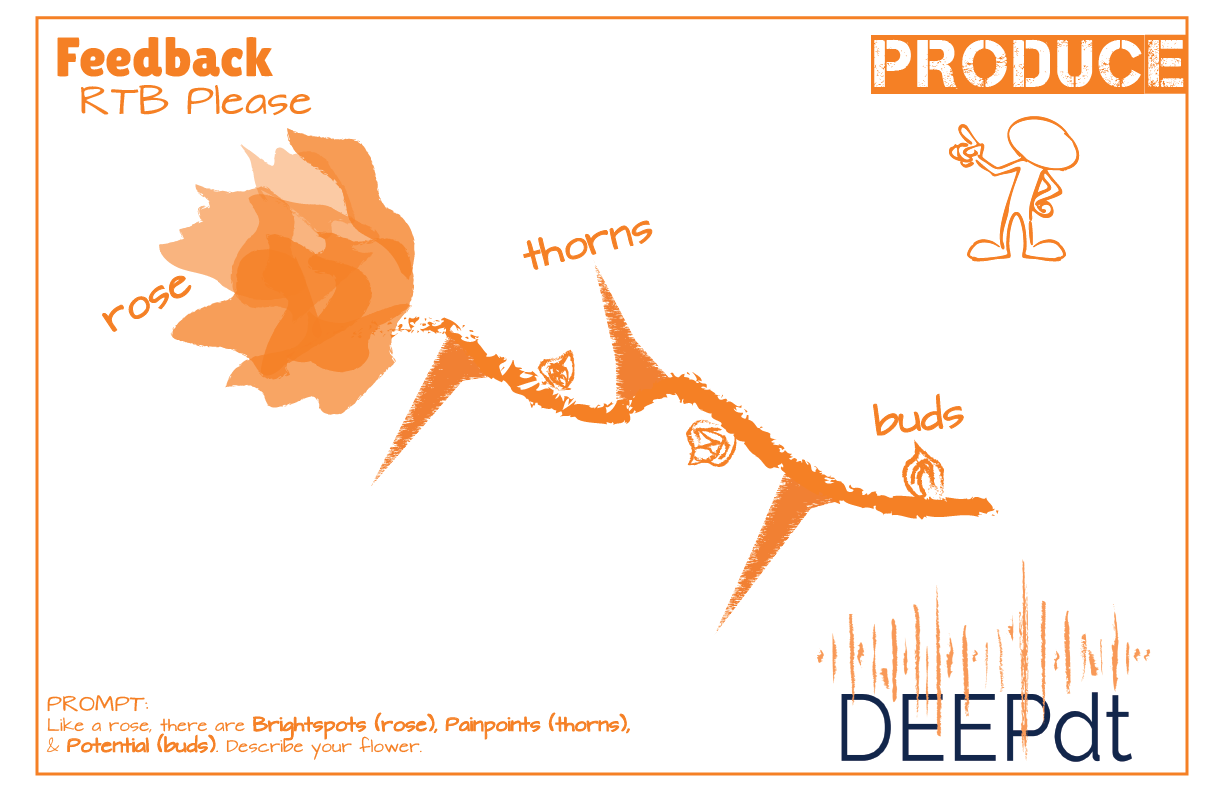Rose, Thorn, Bud Technique
 This post is only made possible by Lisa Palmieri aka @learn21tech For at least the last year (that I have noticed anyway), Lisa has tweeted at various times her use of a technique called Rose, Thorn, Bud. (This link will take you to Lisa's two minute PD video of RTB.) So over the course of the past year of countless #dtk12chats as well as other tweets, Lisa has shared her experience and uses of RTB. And for some reason, I never really connected. I could not envision the how or to be honest the why of this technique. After all, why add to the bag O' tricks when my bag is tried and true....
This post is only made possible by Lisa Palmieri aka @learn21tech For at least the last year (that I have noticed anyway), Lisa has tweeted at various times her use of a technique called Rose, Thorn, Bud. (This link will take you to Lisa's two minute PD video of RTB.) So over the course of the past year of countless #dtk12chats as well as other tweets, Lisa has shared her experience and uses of RTB. And for some reason, I never really connected. I could not envision the how or to be honest the why of this technique. After all, why add to the bag O' tricks when my bag is tried and true....
Last week, I had the opportunity to run a two hour design thinking for EdTech workshop with Kami Thordarson and Stephanie Cerda at #SXSWedu. We utilized the #DEEPdt process. In the Discover mode, it is the designers moment to "discover" the crack, what's not working, or a road possibly not taken. I love the quote from the tv show, Fringe, and I cite it often during Discover.

As we were brainstorming authenticity of providing our designers a real moment to "discover" the crack in relation to Edtech, a gallery walk was suggested. Yet, thankfully Stephanie and Kami are kind and willing collaborators and we continued to spit ball ideas (for almost everything). And this is where the Rose, Thorn, Bud technique came into play. The gallery walk was chucked, and we went with utilizing Rose, Thorn, Bud. The Rose represented the brightspots of the Edtech world. The Thorn were the pain points. And the Bud were the possibilities on the horizon.
With Trey Boden at our side, he created a graphic for Rose, Thorn, Bud and we were off to the races. Utilizing the RTB technique gave our designers an opportunity for discussion yet more importantly room to move between negative and positive. The initial thought was the Thorn would be the hotbed of activity yet we were wrong. As a self admitted novice to the inner workings of the Edtech world (for some reason I can't understand, I have little to zero experience with Edtech), I was told the Thorn responses were going to overwhelm the Rose & Bud. Yet, as you can see in the images, there was a pretty good balance. What the RTB technique brought to the table was an openness, safe, and unrestrictive chance for the designers to engage and crosstalk before diving DEEP with the Users. Granted, time was a factor during this two hour workshop so a lot more could have been fleshed out with the responses. I can see how RTB can be utilized in many aspects of DEEP design thinking. Of course, Discover mode yes, and gaging the group during the process (maintenance), feedback at the conclusion of the challenge, and even during needfinding. I can imagine asking a User to go through the RTB on a topic to generate thoughts, feelings, and to get the conversation started.
As I told Lisa, I am thankful for the light she shined on this technique (among others) as I guess with most things eventually the light will reach us and it is up to us to step into the light. (This last line is a riff off of this week's, Scandal- I couldn't help myself- at least it wasn't a reference to Poltergeist)
